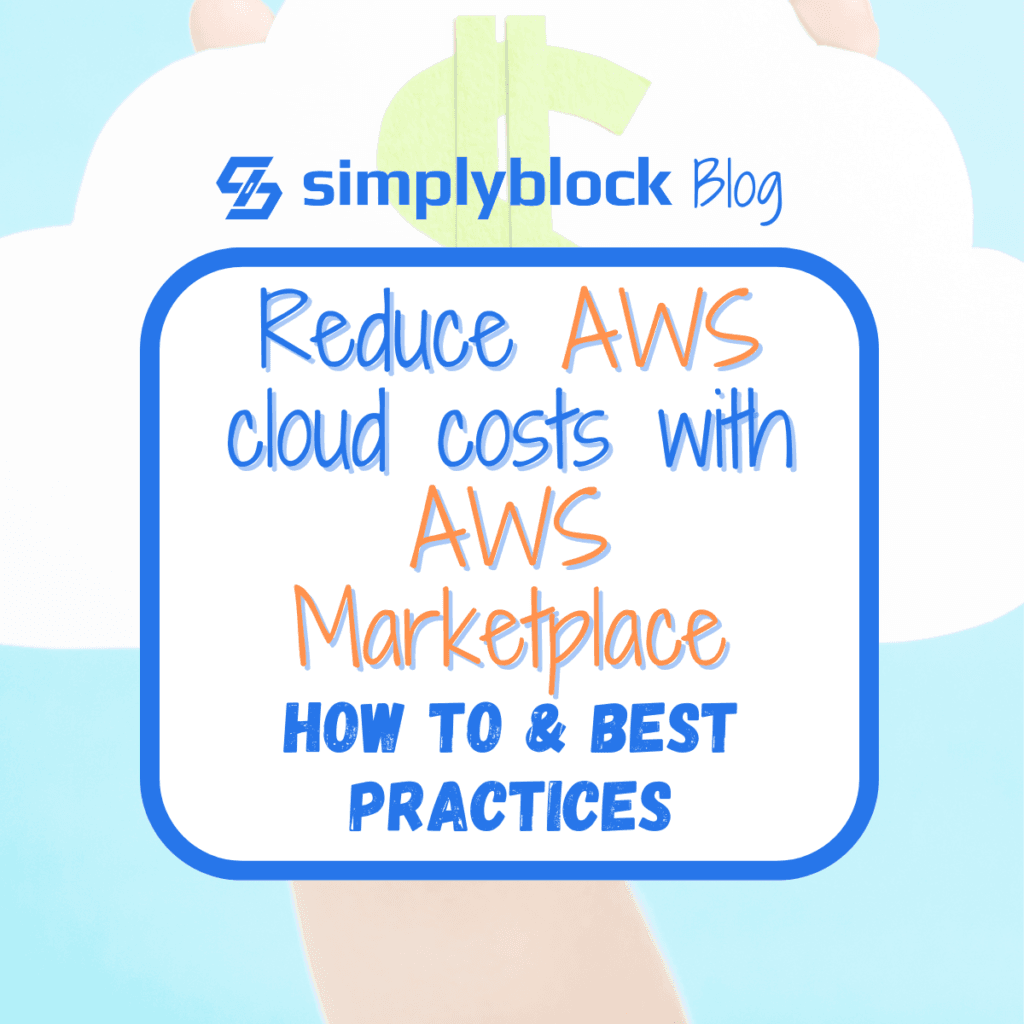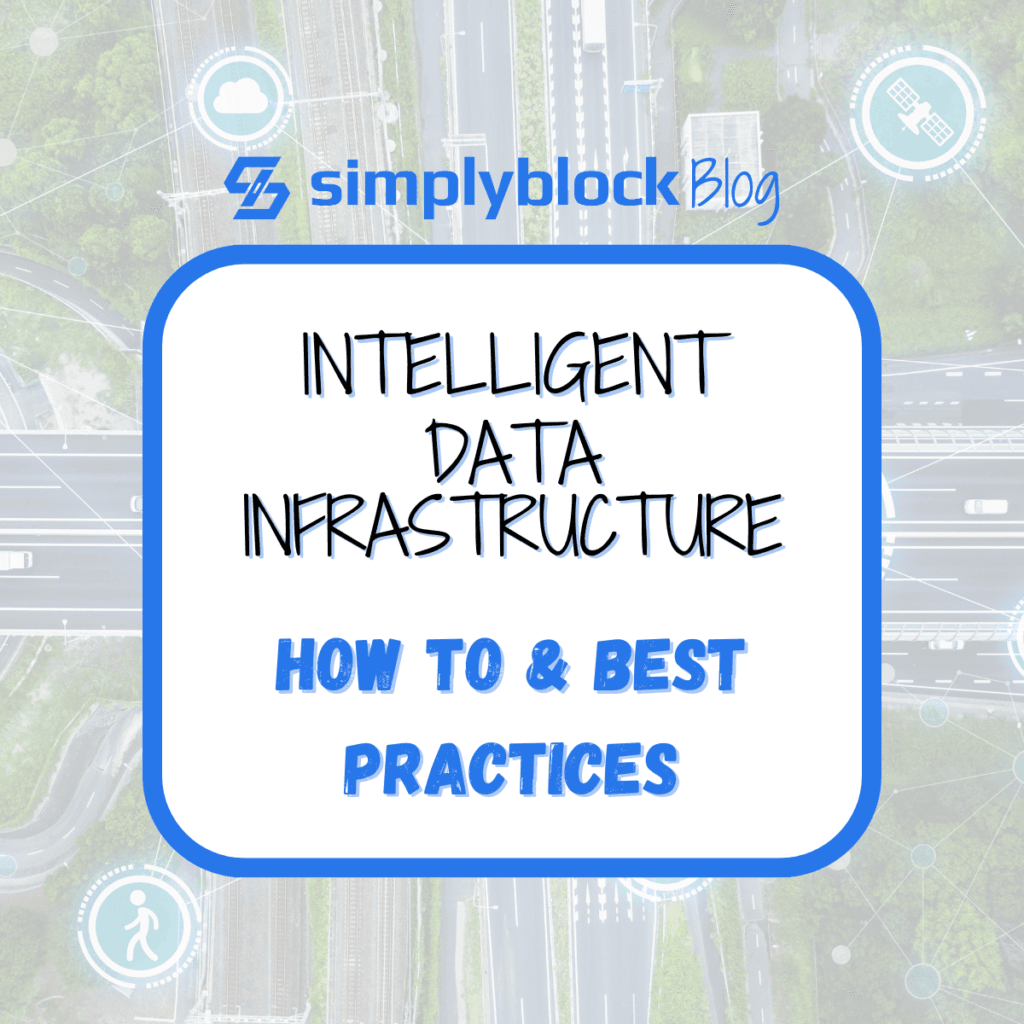Reducing cloud costs by 30%: a case study on relational databases with hybrid cloud
Feb 27th, 2023 | 3 min read

Table Of Contents
The benefits of a hybrid cloud operating model are obvious: take the best of both worlds . Flexibility, fast time-to-market, cost-effective high availability and a huge variety of great platform services at a fingertip on the one side; cost-efficient operations of resource-intense, less volatile workloads combined with maximum privacy for highly sensitive data and the ability to process large amounts of data close to their origin on the other.
We have collected some real-world usage data from e-commerce and retails companies and found out that while customers use a large variety of different IaaS and PaaS services in the cloud, a large chunk of the actual cloud costs often go into just a few, rather basic, but very resource-intensive services. These are perfect candidates for offloading from the cloud.
A good example are relational open-source databases such as PostgreSQL and MySQL. Looking both into the cloud bills of scale-ups and at the workloads of long-standing enterprises, it becomes clear that relational databases make up a significant part of overall IT infrastructure resource consumption (and IaaS/PaaS cloud costs). In our analysis, we first looked at the distribution of average cost across AWS services of two medium-sized e-commerce companies. The cost of the cloud database service makes up 46% of their total cloud bill, with 10% for RDS storage and 36% for RDS instances:

We then looked at the consumption patterns of customers based on their mix of both reserved and on-demand instances. We further analyzed the daily, weekly and monthly usage patterns and performed a cost comparison based on a model, which provides sufficient resources (ram, cpu, network bandwidth, storage capacity and IOPS) to cover peak demand with a safety reserve on top. We prepared a model considering the total cost of ownership for running the databases on premises in a data center in relatively close distance to the AWS availability zone and providing close integration. In addition, the scenario includes a usage of the AWS availability zone as the site for database backups and disaster recovery.
The cost distribution of the new private-cloud database service, which replaced the RDS service looks as follows:

Co-location and external network costs include the racks, power, data-center networking ports across racks and management VPN. Equipment includes servers, separate storage nodes and networking switches. We assume a hardware depreciation period of 5 years and an average annual cost of capital of 6%. Backup storage is not included as it remains purely cloud-based.
Software subscriptions include subscriptions for Ubuntu with openstack, grafana (monitoring) and puppet enterprise (configuration management).
AWS storage includes performance block storage on EC2 level and backup storage. It is required for cross-site backup and disaster recovery. The replicated storage also serves as a hub for outbound data to all subsequent systems, which still reside in the cloud.
The cost of an external management and operations service for the private cloud stack would add an extra 50% on top of the reduced database cost, however the substantial cost savings of 80% on cloud-based database costs compared to AWS RDS make the overall savings still significant, as presented below.
 As it becomes apparent, due to the big chunk of costs of relational databases as part of the overall IaaS/PaaS costs, savings of more than 35% on overall IaaS/PaaS costs could be achieved in this scenario.
As it becomes apparent, due to the big chunk of costs of relational databases as part of the overall IaaS/PaaS costs, savings of more than 35% on overall IaaS/PaaS costs could be achieved in this scenario.
In conclusion, adopting a hybrid cloud operating model can bring significant benefits to businesses by combining the best of both worlds – flexibility, fast time-to-market, affordable resilience, and access to a wide range of platform services, while also ensuring cost-efficient operations and maximum privacy for sensitive data.
Topics
Share blog post
Tags
Cloud, Hybrid Cloud, IaaS, IT Infrastructure, PaaS, Relational DatabasesYou may also like:

How to reduce AWS cloud costs with AWS marketplace products?

What is AWS Marketplace?

AI Storage: How To Build Scalable Data Infrastructures for AI workloads?
